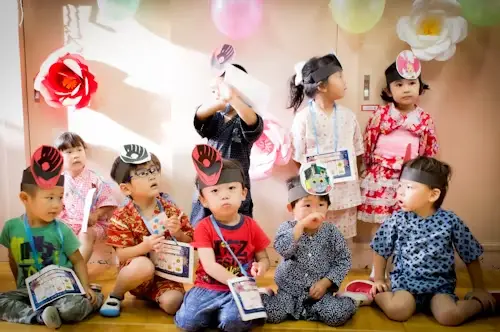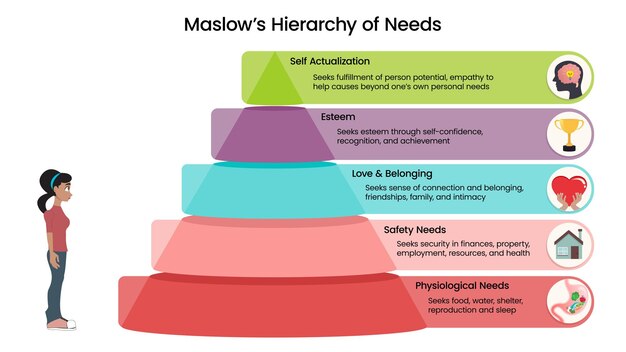Navigating Dyslexia Therapies on 6 Effective Approaches for Unlocking Potential

Dyslexia therapies encompass a range of interventions and strategies aimed at addressing the challenges individuals face in reading, writing, and language processing. While there is no one-size-fits-all approach to dyslexia therapy, several evidence-based interventions have shown promise in improving reading skills, building phonological awareness, and boosting overall academic performance. Let’s explore some of the best dyslexia therapies and their impact on individuals with dyslexia.


1. Orton-Gillingham (OG) Approach:
The Orton-Gillingham approach is a structured, multisensory method that focuses on teaching phonics, decoding, and word recognition skills. It emphasizes systematic, explicit instruction tailored to the individual’s learning needs, incorporating visual, auditory, and kinesthetic modalities to reinforce learning. OG is widely regarded as one of the most effective interventions for dyslexia, providing a solid foundation for reading and language development.
2. Wilson Reading System (WRS):
The Wilson Reading System is a structured literacy program designed to support individuals with dyslexia and other language-based learning disabilities. It follows a sequential, multisensory approach that teaches phonemic awareness, decoding, encoding, and fluency skills. WRS incorporates repetition, reinforcement, and cumulative review to build mastery and confidence in reading and spelling.
3. Lindamood-Bell Programs:
Lindamood-Bell offers several programs, including Visualizing and Verbalizing (V/V) and Seeing Stars, designed to improve reading comprehension, phonological processing, and language comprehension skills. These programs focus on developing sensory-cognitive functions, such as visualization, verbalization, and concept imagery, to enhance reading fluency and comprehension in individuals with dyslexia.
4. Multisensory Structured Language Education (MSLE):
MSLE approaches integrate multisensory techniques with structured language instruction to teach reading, spelling, and writing skills. Programs such as the Institute for Multi-Sensory Education (IMSE) and Take Flight emphasize phonological awareness, phonics, morphology, syntax, and semantics through hands-on activities, visual aids, and auditory cues. MSLE is effective for individuals with dyslexia, accommodating diverse learning styles and promoting skill acquisition.
5. Fast ForWord:
Fast ForWord is a computer-based intervention that targets auditory processing, language comprehension, and reading fluency skills. It uses adaptive exercises and interactive games to strengthen neural pathways associated with language processing and reading. Fast ForWord is beneficial for individuals with dyslexia who struggle with auditory discrimination, phonological processing, and language comprehension difficulties.
6. Assistive Technology:
Assistive technology tools, such as text-to-speech software, speech recognition software, and electronic reading devices, can support individuals with dyslexia in accessing written materials more efficiently. These tools provide alternative means of reading, writing, and accessing information, reducing barriers to learning and promoting independence.
Conclusion:
Effective dyslexia therapies incorporate evidence-based practices, structured instruction, and multisensory approaches to address the specific needs of individuals with dyslexia. By providing targeted interventions that focus on phonological awareness, decoding skills, and language processing, therapists and educators can help individuals with dyslexia unlock their potential, build confidence, and succeed academically and beyond. The best dyslexia therapies are those that empower individuals to overcome challenges, embrace their strengths, and thrive in their academic and personal pursuits.






